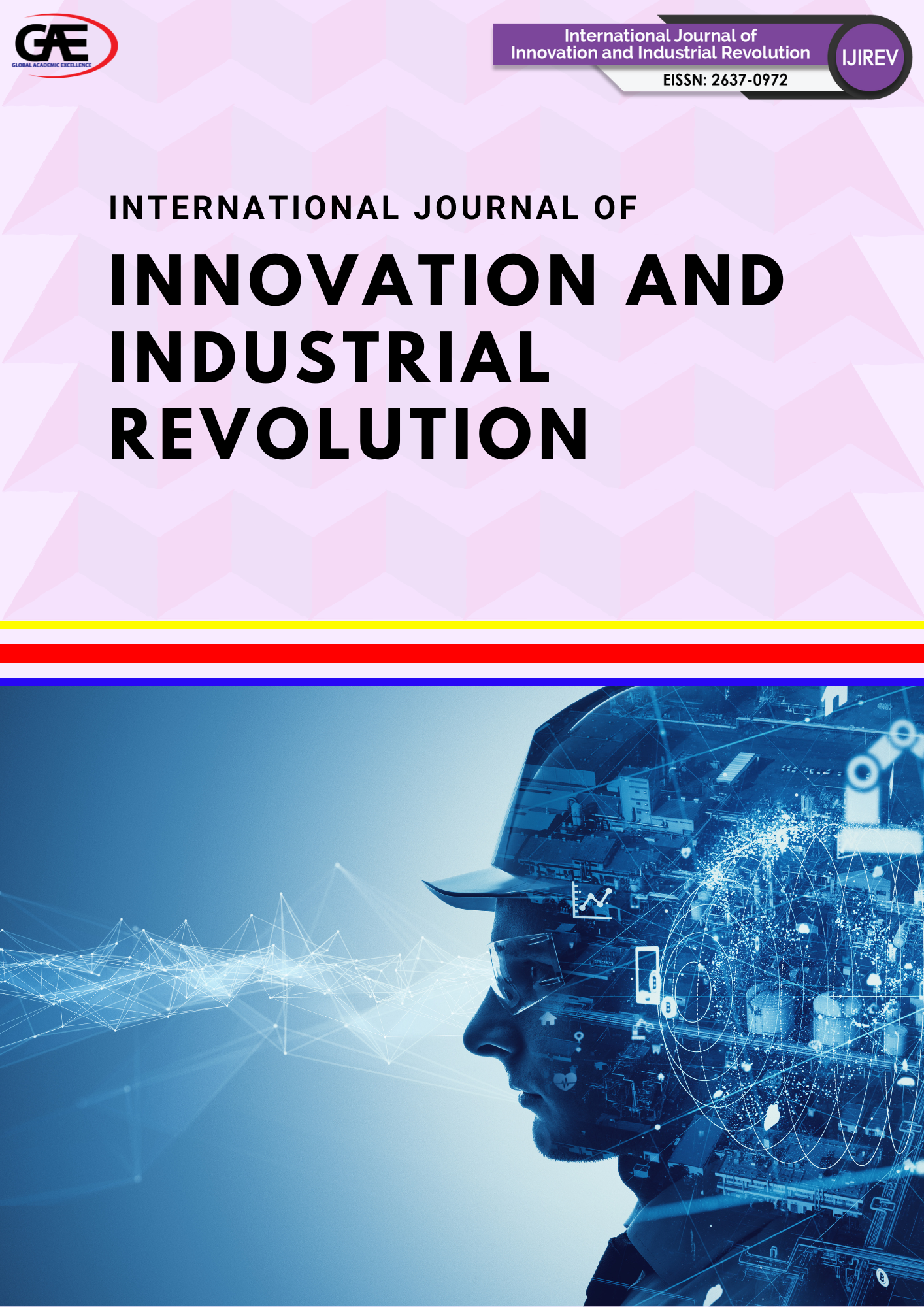SAFETY PRACTITIONERS' PERCEPTIONS OF VIRTUAL REALITY GAMES AS TRAINING TOOLS IN CONSTRUCTION SAFETY EDUCATION
DOI:
https://doi.org/10.35631/IJIREV.722007Keywords:
Virtual Reality (VR), Construction Safety, Safety Education, Training Tools, Safety Practitioners' PerceptionsAbstract
The integration of virtual reality (VR) technology into safety education has emerged as a transformative approach to enhance learning outcomes in high-risk industries such as construction. As traditional training methods often lack engagement and realism, VR games offer immersive, interactive, and risk-free environments for learners to practice hazard recognition and safety protocols. However, understanding the perspectives of safety practitioners is essential to evaluating the practicality and acceptance of such tools in real-world settings. This study examines safety practitioners' perceptions of virtual reality (VR) games as training tools in construction safety education. Using a structured questionnaire, data were collected from a purposively selected group of 88 respondents, comprising Safety and Health Officers (SHO), contractors, Department of Occupational Safety and Health (DOSH) officers, and other stakeholders within the construction industry. The questionnaire focused on five key components: hazard recognition, scenario navigation, precautionary training, environmental familiarity, and hazard pattern identification. Descriptive analysis revealed that respondents strongly agreed on the effectiveness of VR in all areas, with mean scores ranging from 4.09 to 4.22 on a 5-point Likert scale. The highest agreement was found in VR's ability to familiarise workers with hazardous environments (mean = 4.22), followed closely by navigating hazardous scenarios (mean = 4.21). These findings suggest that safety practitioners view VR games as a valuable supplement to conventional training, capable of enhancing safety awareness, behaviour, and preparedness on construction sites. In conclusion, VR games are perceived as effective, engaging tools that can support the development of a more proactive safety culture in the construction industry. Further development and implementation of VR-based training modules are recommended to strengthen their role in occupational safety education.



